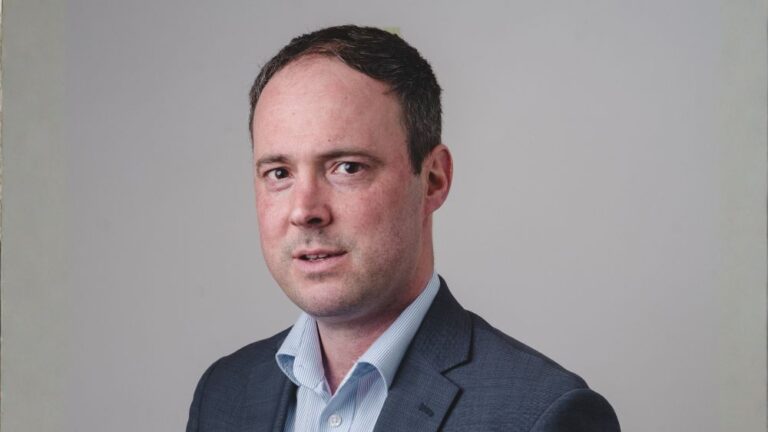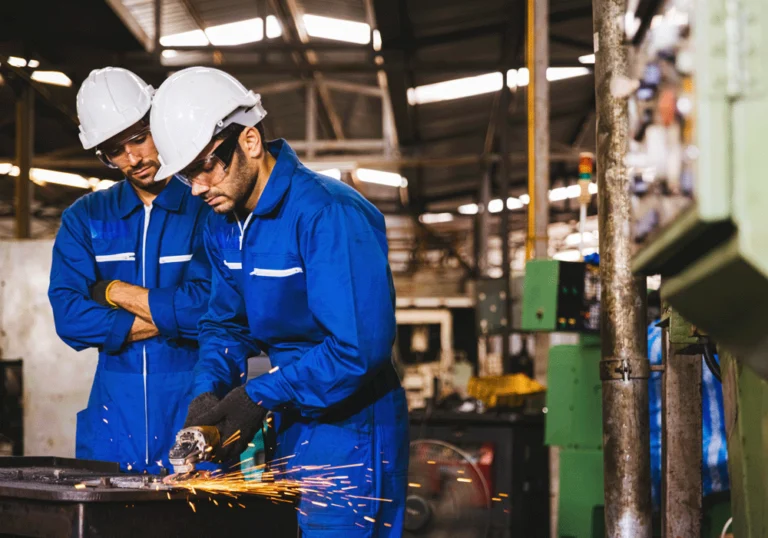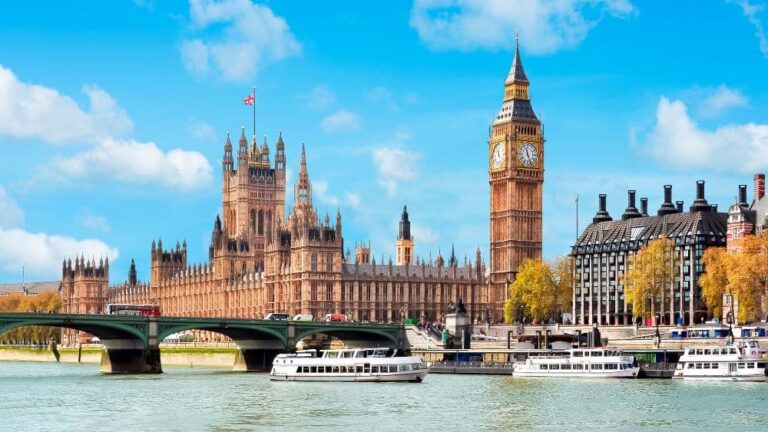
Gathering more data for HMRC – what does it mean for you?
Governments like collecting data. Data that can be used to inform better and faster decision making. However, it can also be onerous and amount to more ‘red tape’.
Digitalisation of tax
The digitalisation of tax systems enables the government to get more data from tax returns and tax submissions. This is too good an opportunity for the government to miss and so, we have already been on this path for a while. If you look at the various tax authorities across the country, they increasingly include data collection as one of their key responsibilities.
To this is added a consultation by HMRC regarding the data collection from taxpayers which has just closed (https://www.gov.uk/government/consultations/improving-the-data-hmrc-collects-from-its-customers) Whilst, even in the world of tax, this seems like a boring topic, it does have quite wide-ranging implications for the information required by firms of accountants and payroll teams in order to produce tax returns and filing submissions with HMRC.
The role of the pandemic
HMRC believes the limitations of its data during the pandemic justifies its request for further information now. HMRC’s view is that more support could have been provided for businesses impacted by the pandemic and the lockdowns if the information that they are now seeking had been available to them at the time. Beside the fact that that was an unusual set of circumstances, and it is looking increasingly like it wouldn’t be repeated in the near future, not least because we don’t have the money to pay the support to businesses again, even if the government wanted to.
So what information is HMRC seeking?
They are looking to obtain the following through payroll data:
- The occupations of employees using Standard Occupation Codes
- The hours worked by employee
- The locations of employments
As far as self-assessment tax returns are concerned then HMRC is looking to obtain further data as follows:
- The business/occupation of self-employed individuals or partners using SIC codes (the same as used by Companies House)
- The location of self-employed businesses
- Separating dividends on tax returns into those received from close companies and those received from investment holdings
- Better data on the commencement and cessation dates of self-employment activities
What are the implications?
For those clients looking at the design of accounting systems and the capturing of information then it is worth considering the direction of travel and the likely nature of such changes.
It is also worth being aware that if more data is more required to prepare tax returns, then in turn it will have implications for the time involved by my firm, our processes and fees charged. So, it might be worth paying it some attention.
Written by












